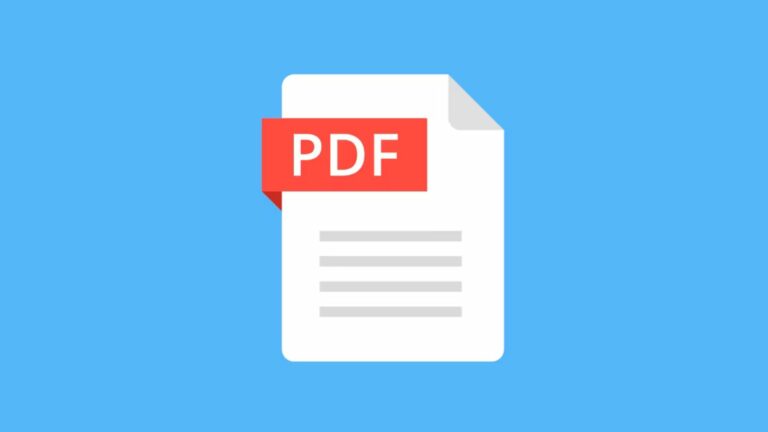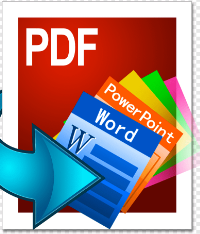Optimizing PDF Downloads for Better User Experience
PDFs have become an essential part of the digital landscape, and optimizing the way users download them is crucial for a seamless online experience. Slow or cumbersome PDF downloads can frustrate users and deter them from engaging with your content. In this comprehensive guide, we will explore effective strategies to optimize PDF downloads, ensuring your users have a delightful experience while accessing your valuable content.

Understanding the Importance of Optimization
Understanding why PDF download optimization matters sets the stage for creating an efficient downloading experience. Faster downloads mean happier users and a higher likelihood of them revisiting your platform. Speedy access to information is vital, especially in a world where time is of the essence.
Compressing PDFs for Swift Downloads
One of the key factors in optimizing PDF downloads is reducing their file size. Compressed PDFs load faster, saving both the user’s time and bandwidth. Utilize compression techniques without compromising the quality of the document to enhance the downloading experience.
Leveraging Browser Caching
Browser caching can significantly improve PDF download speed for returning visitors. By instructing the browser to store certain elements of the web page, subsequent visits result in quicker access to already downloaded resources, including PDFs. This enhances user experience and encourages repeat visits.
Employing Content Delivery Networks (CDNs)
CDNs can be a game-changer in PDF download optimization. Distributing your PDFs across multiple servers globally ensures that users can access them from the nearest server, reducing latency and speeding up the download process.
Optimizing Server Performance
A well-optimized server is crucial for efficient PDF downloads. This includes considering factors like server response time, bandwidth availability, and the server’s ability to handle multiple requests simultaneously. Invest in robust hosting solutions to guarantee a smooth download experience.
Streamlining PDF Design
Efficient PDF design directly impacts download speed. Opt for a clean, streamlined design that eliminates unnecessary elements and reduces the overall file size. Minimize the use of high-resolution images and complex graphics that can slow down downloads.
Implementing Asynchronous Loading
Asynchronous loading allows a website to load multiple elements simultaneously rather than waiting for each element to load sequentially. Implementing this technique for PDFs can significantly speed up the download process, enhancing user satisfaction.
Providing Download Progress Indicators
Users appreciate knowing how long a download will take. Offering a download progress indicator, such as a percentage or a loading bar, keeps users informed and patient during the download process, improving their overall experience.
Testing and User Feedback
Regularly testing the PDF download process and gathering user feedback can uncover potential issues or areas for improvement. Engaging with your audience helps identify pain points and allows for iterative optimization, ensuring a continually enhanced user experience.
Conclusion
Optimizing PDF downloads is a pivotal step in enhancing user experience and engagement. A swift and efficient download process ensures users can readily access your content, fostering satisfaction and encouraging future interactions. By implementing these strategies, you empower your users to seamlessly download PDFs and unlock the full potential of your digital offerings.






